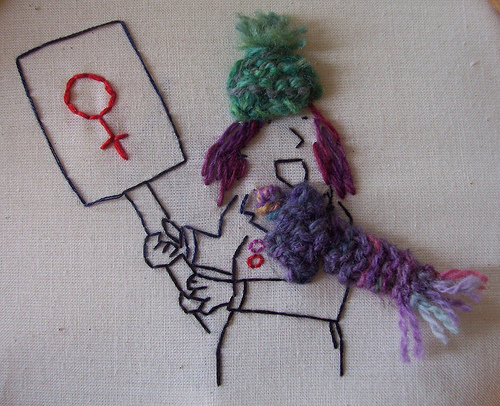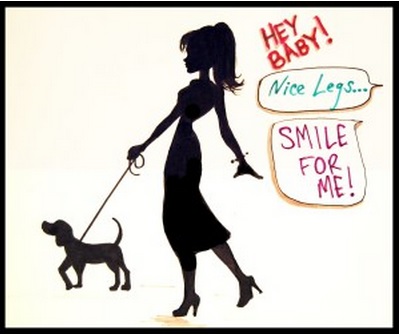Today on the way to work, a guy came up behind me on the subway and whispered, “Your legs made me miss my stop. I ain’t even mad.”
I want to bathe in acid.
– Bonnie
Location: NYC Subway
Share your street harassment story for the blog.
See the book 50 Stories about Stopping Street Harassers for more idea



